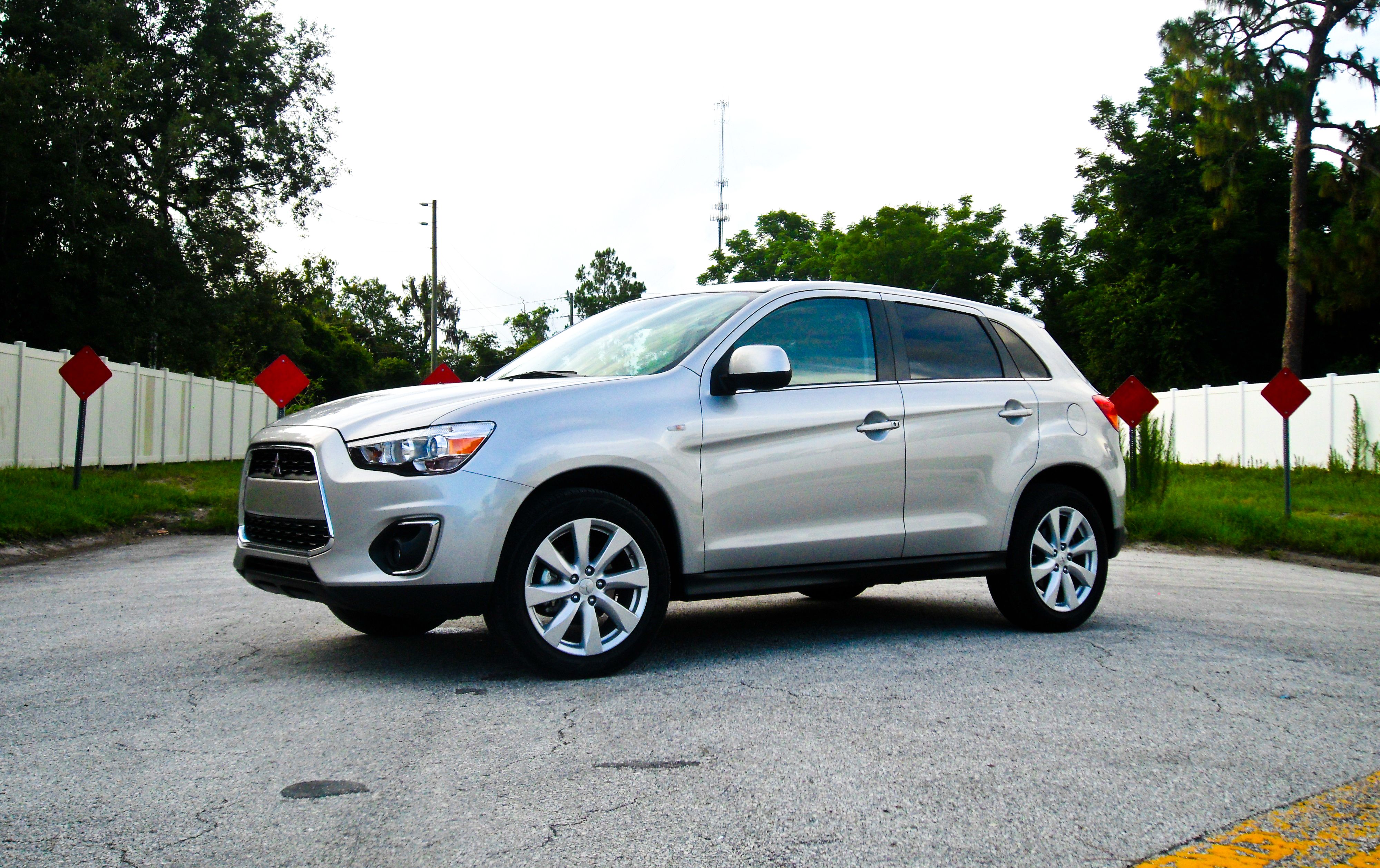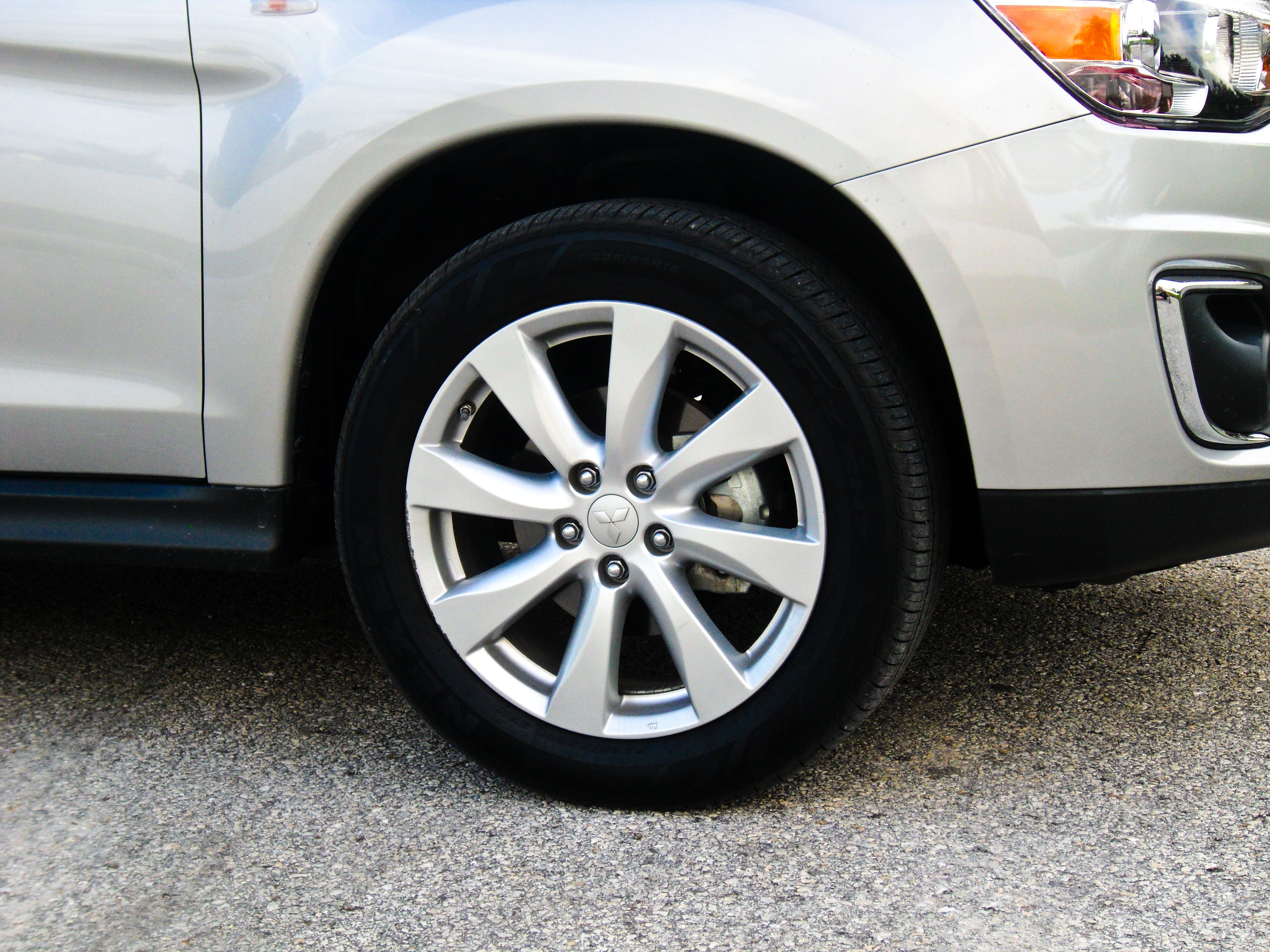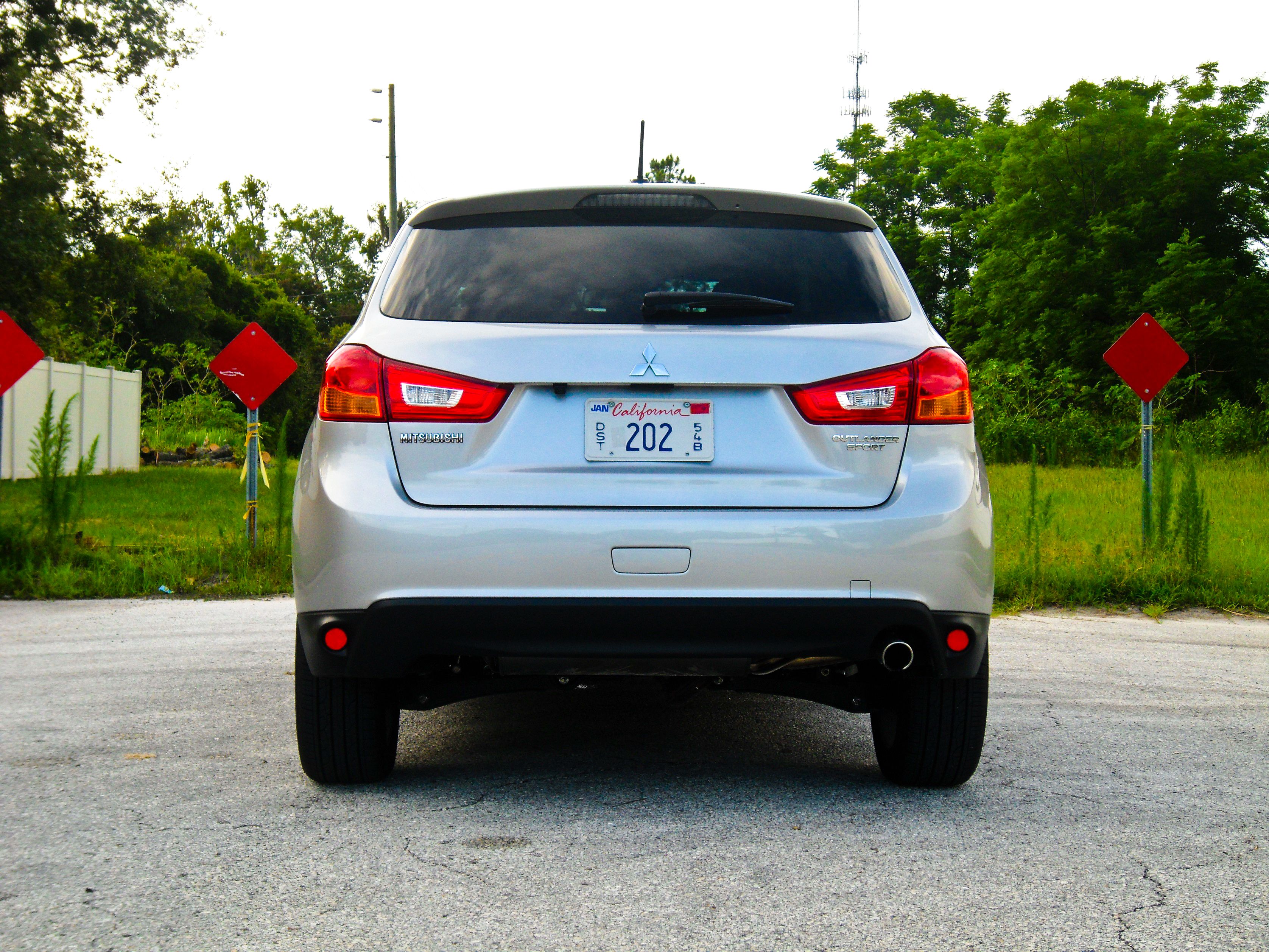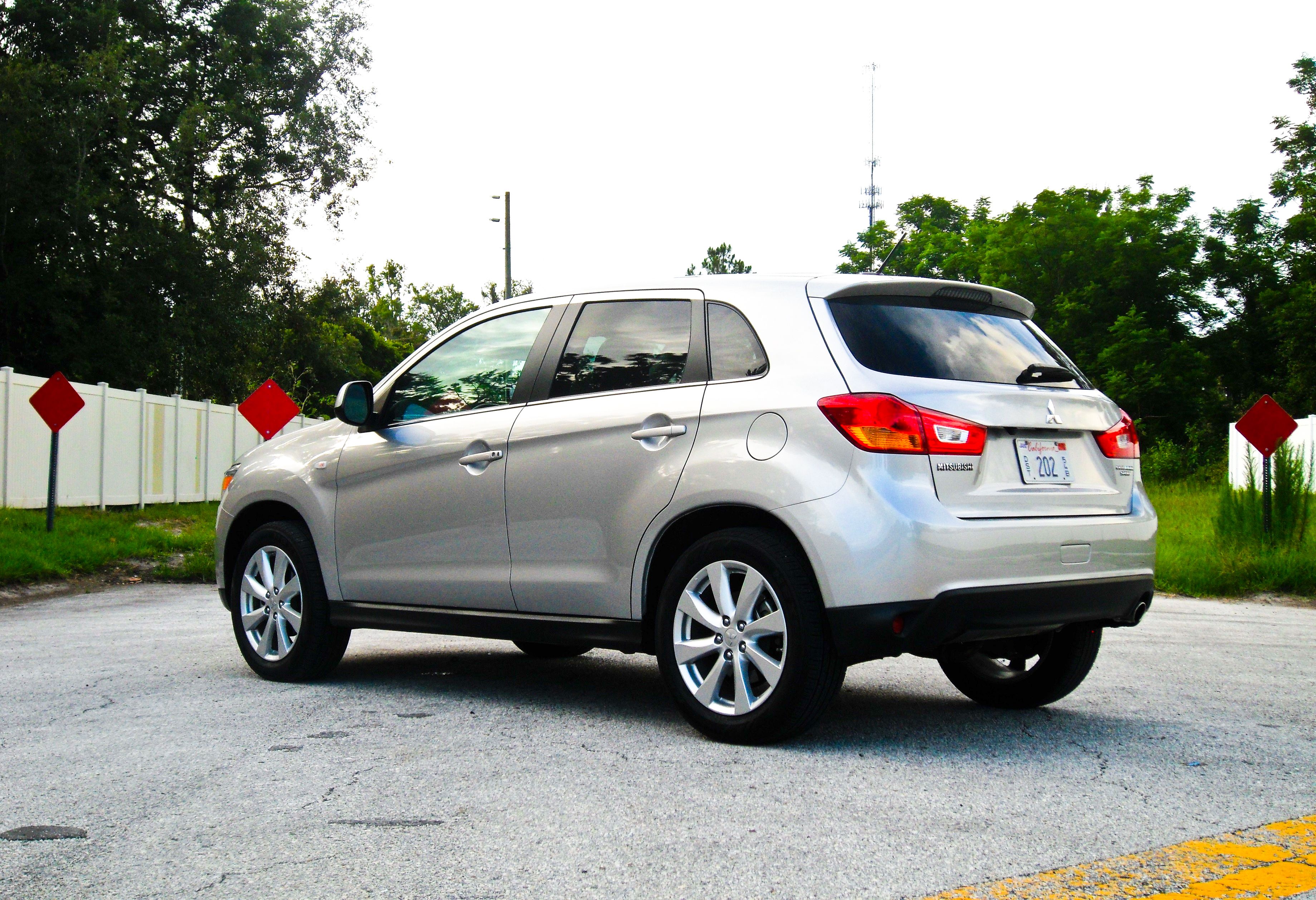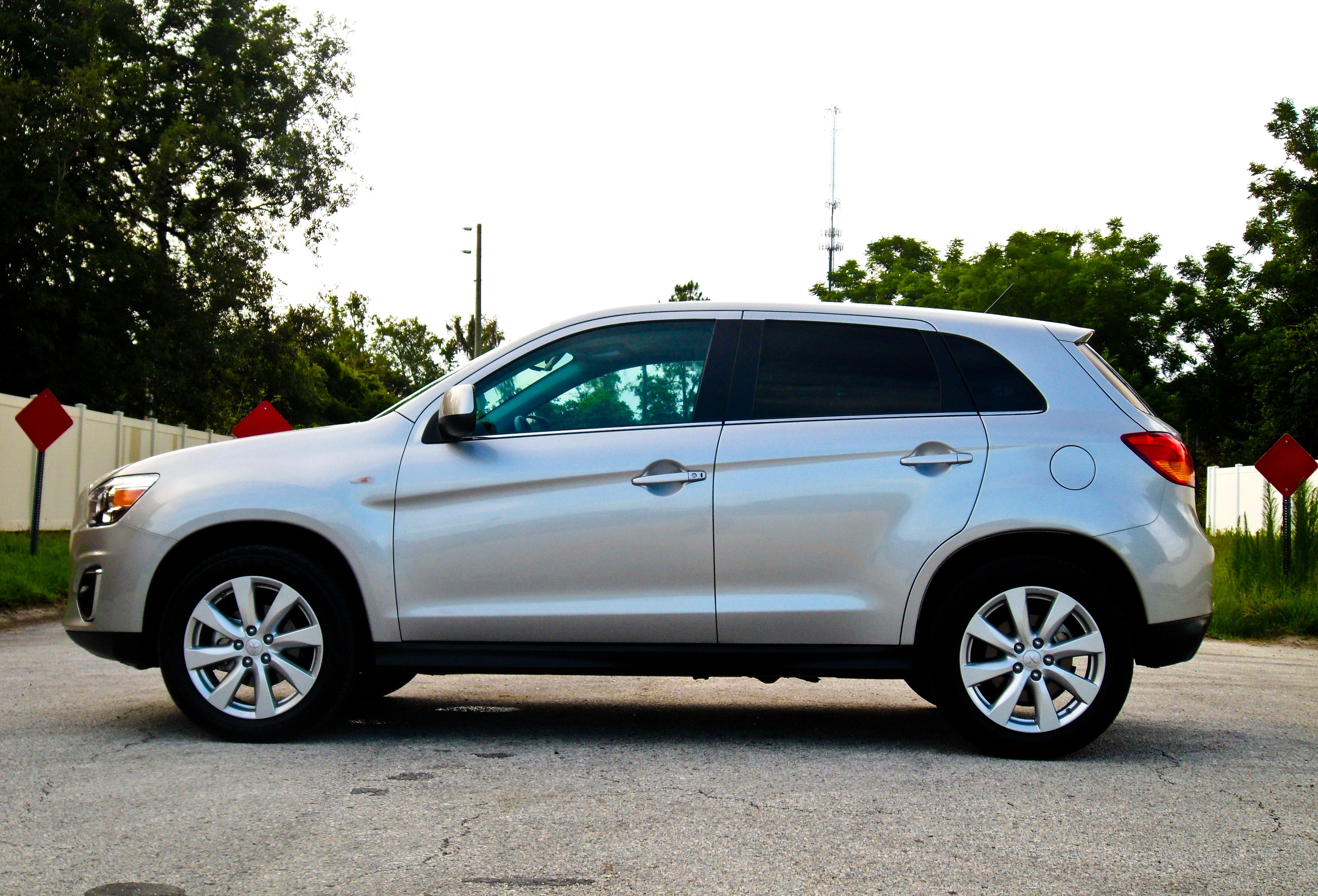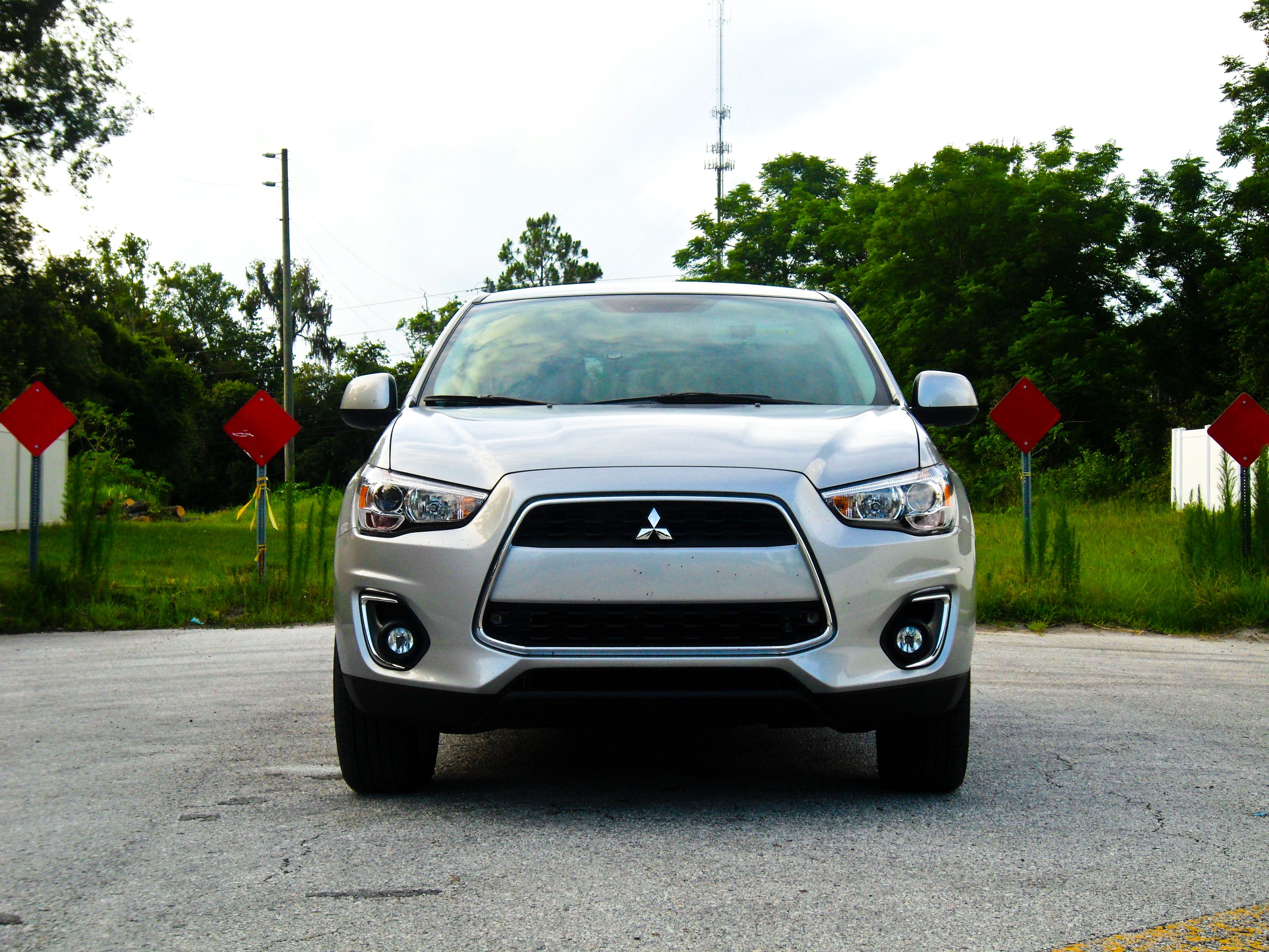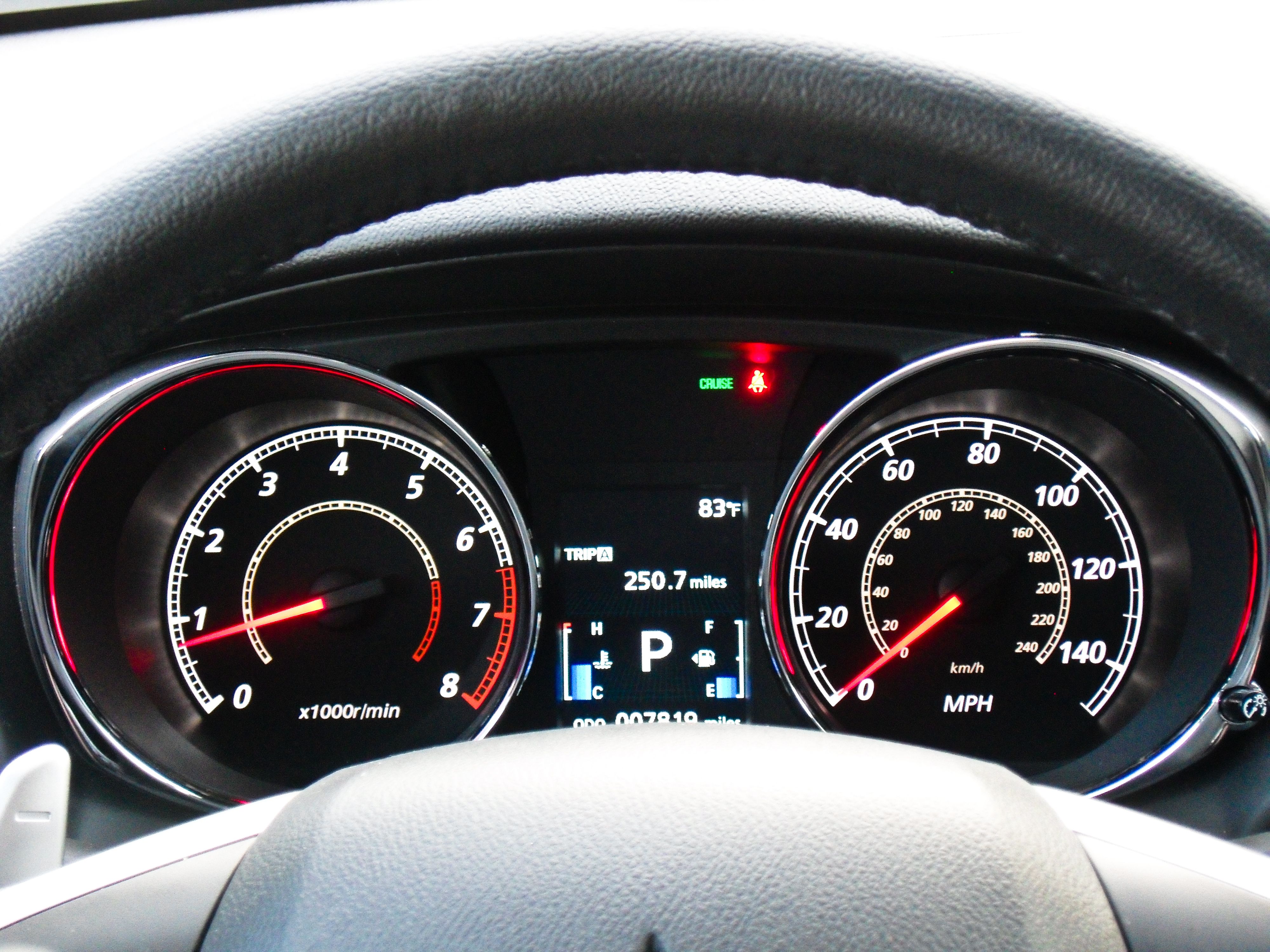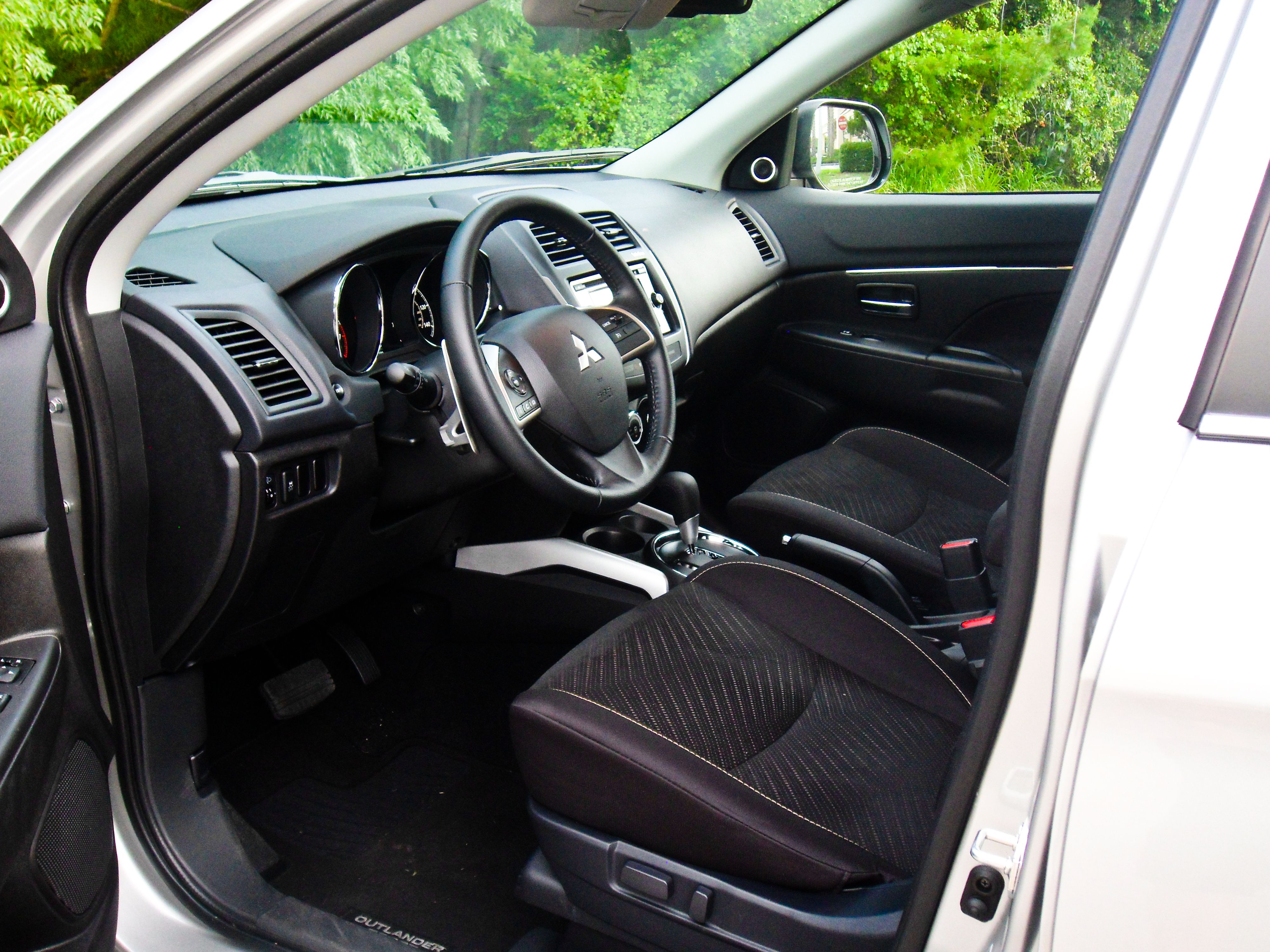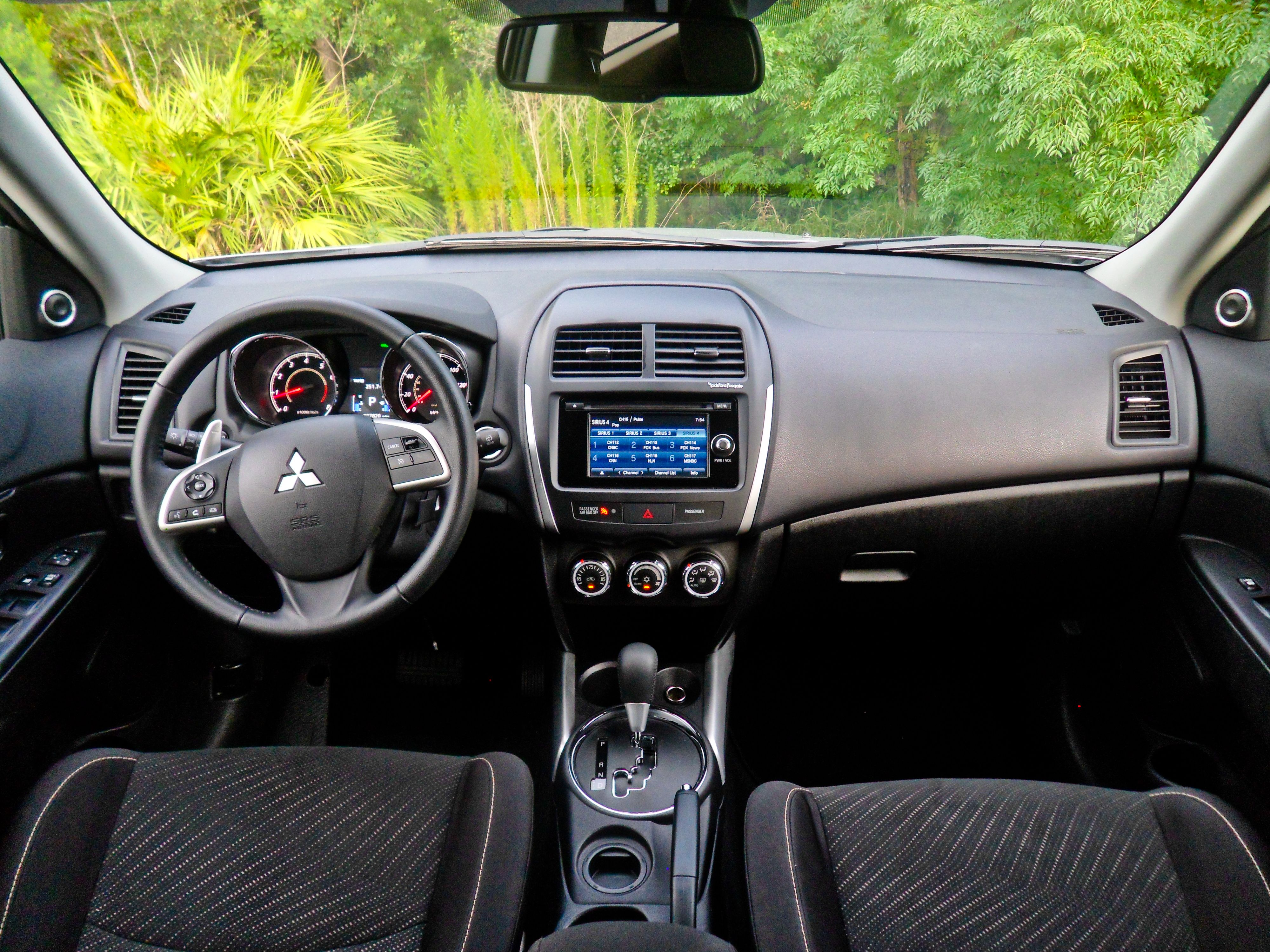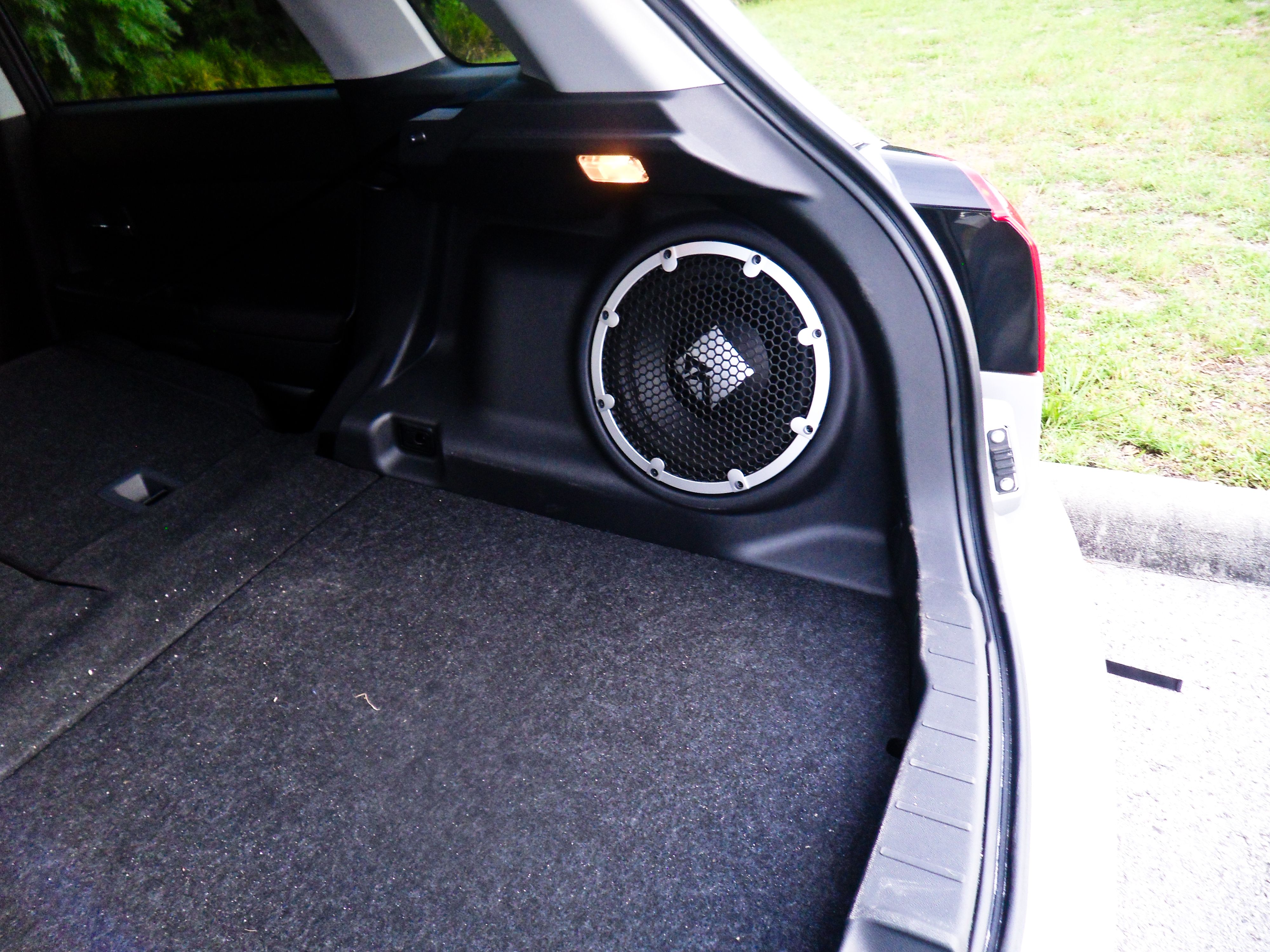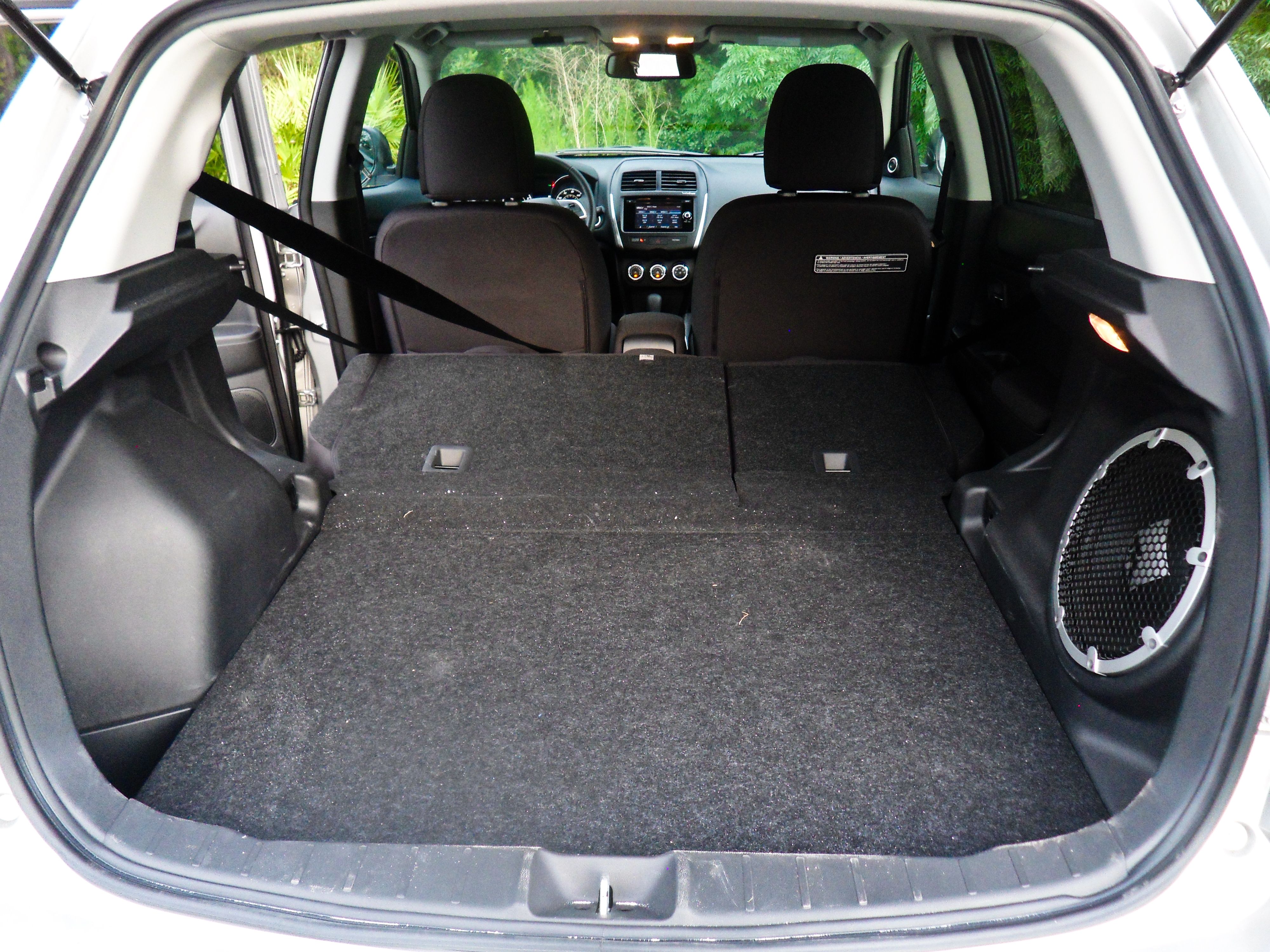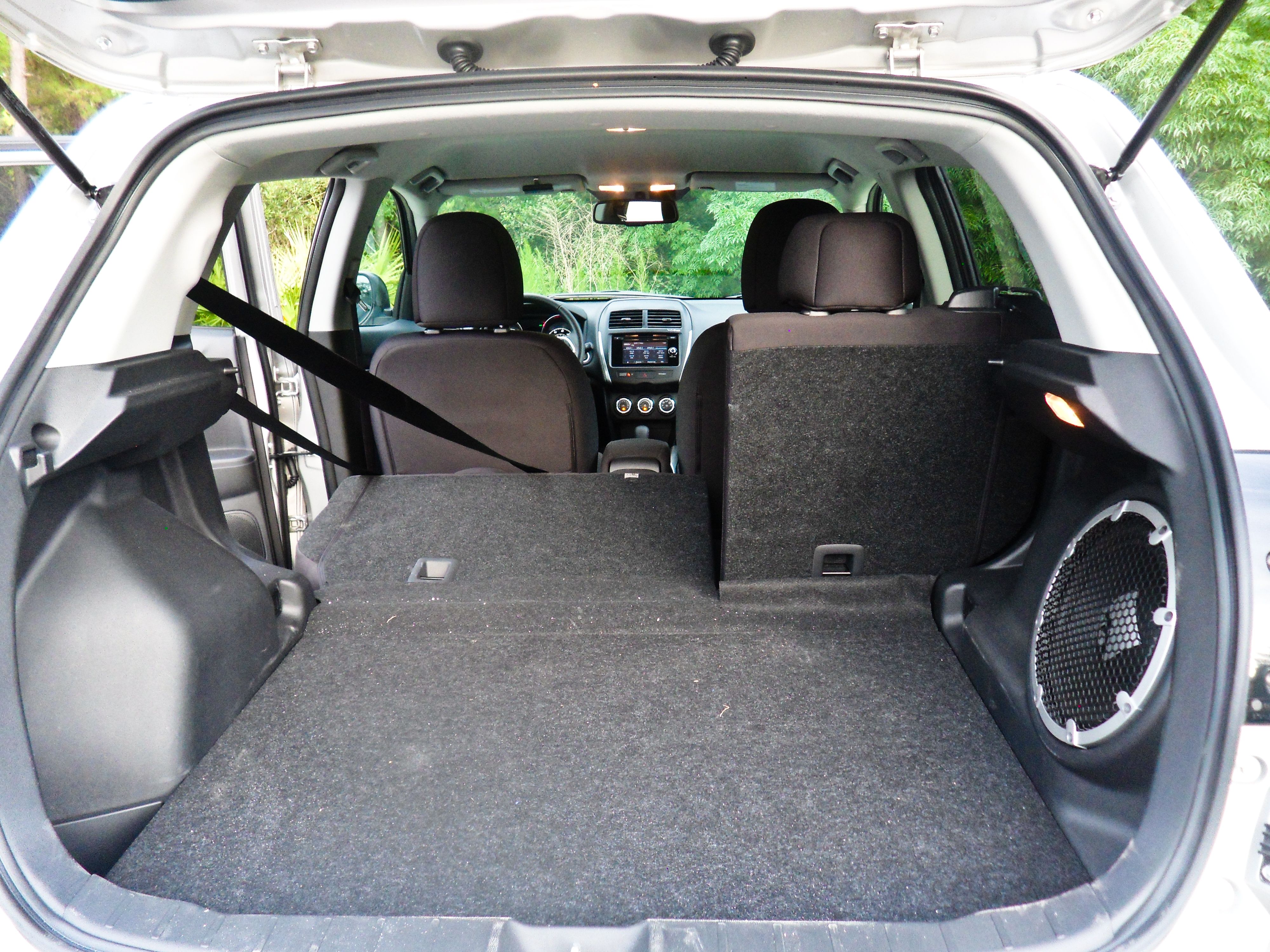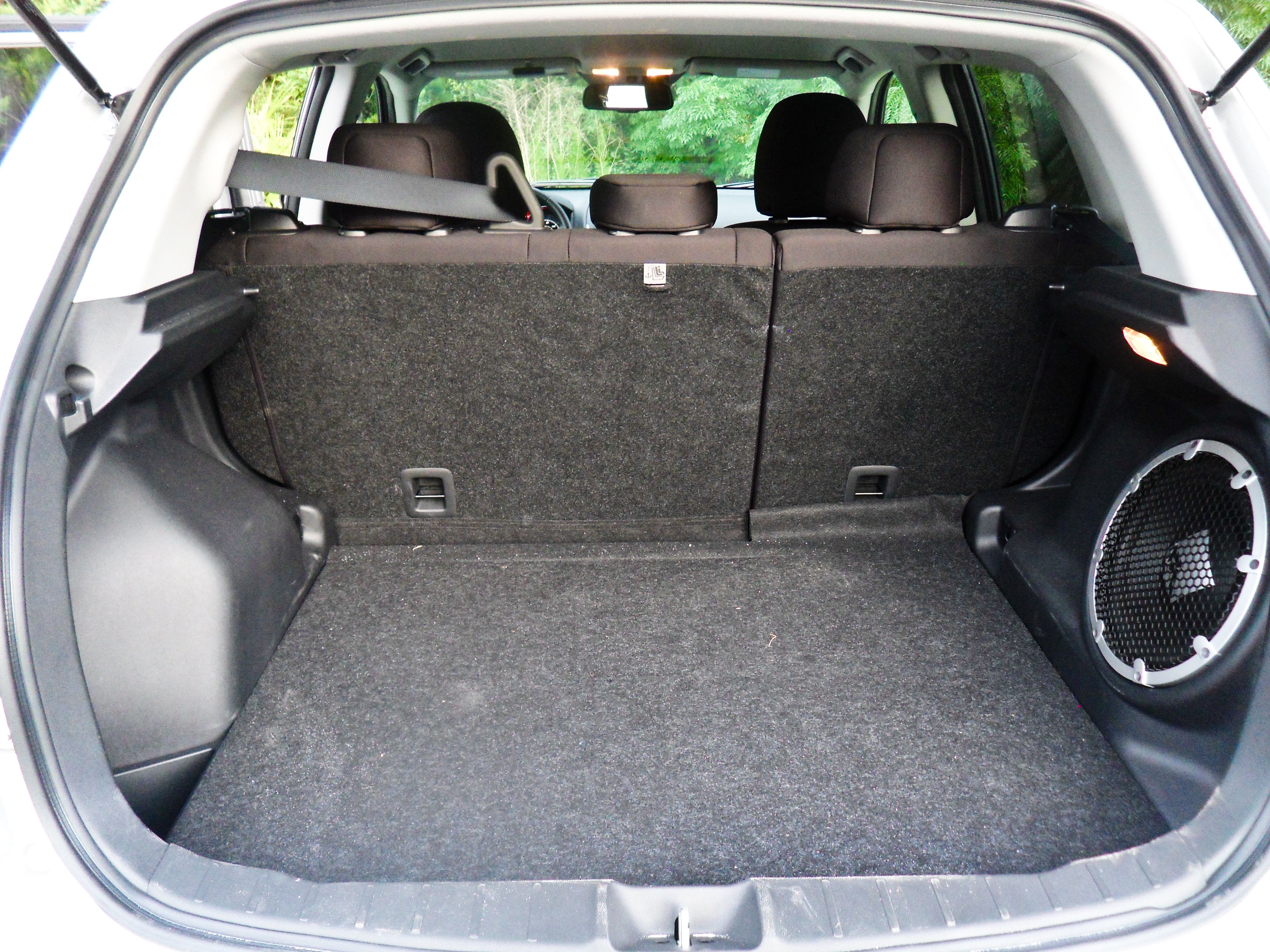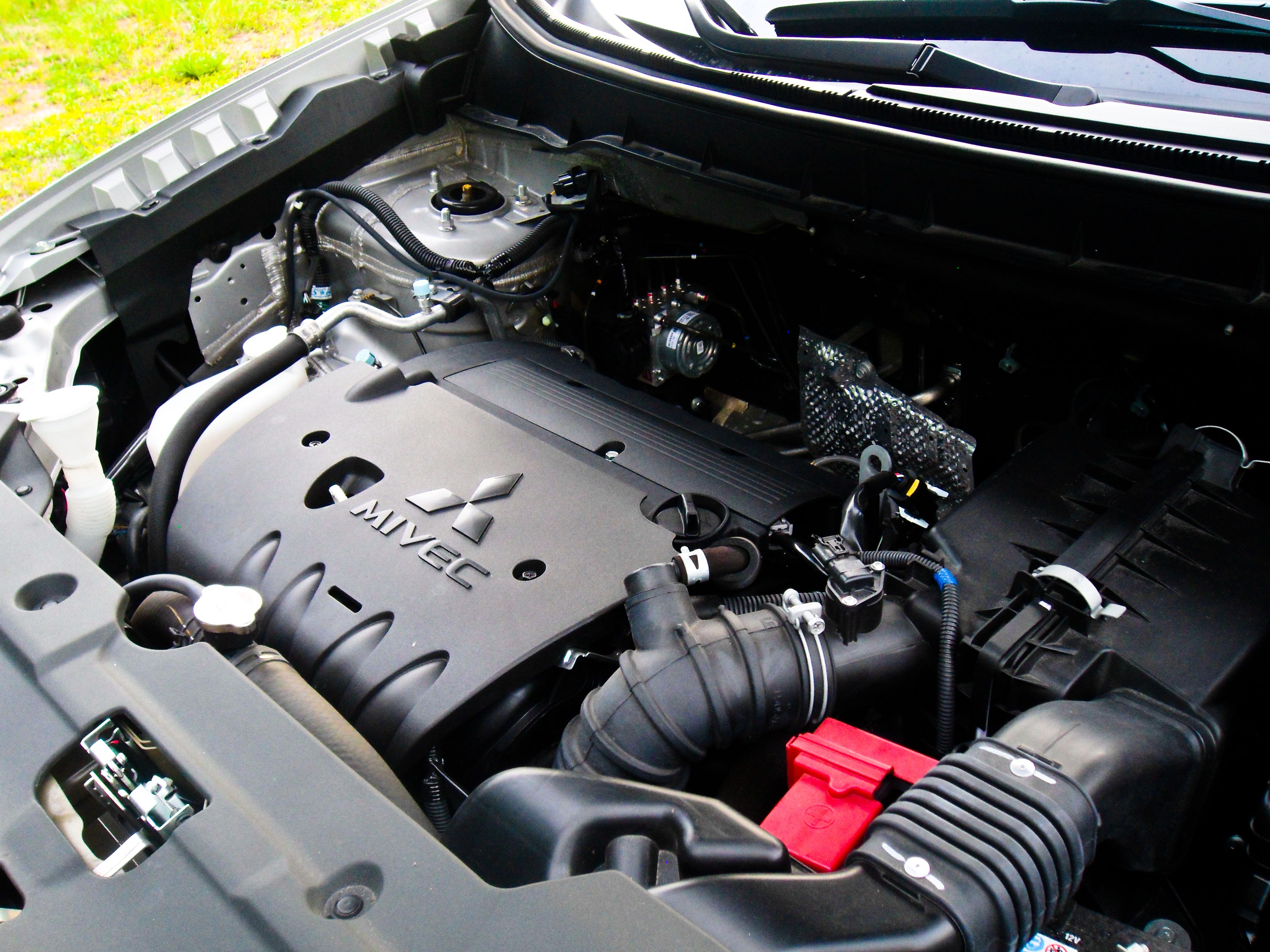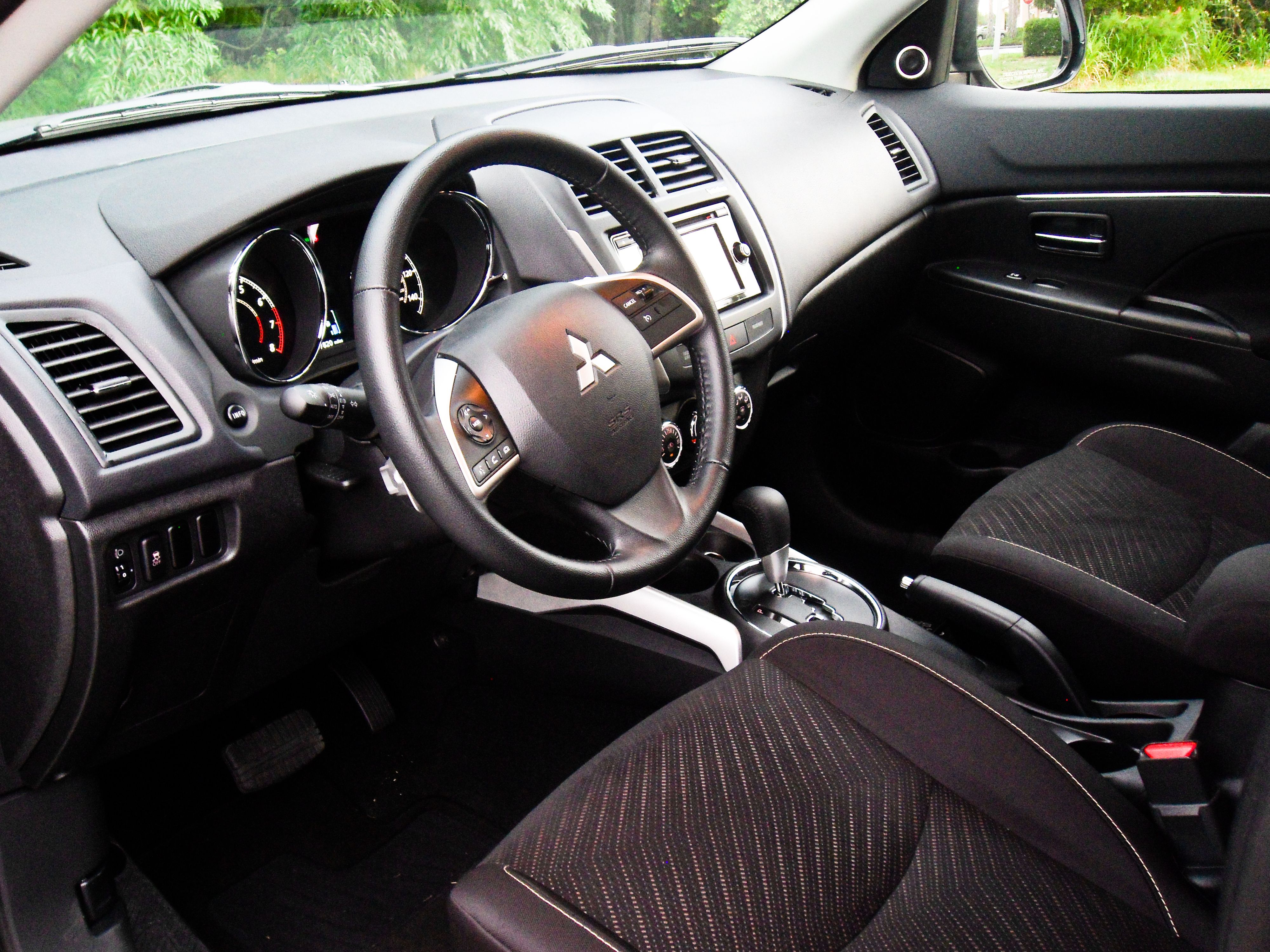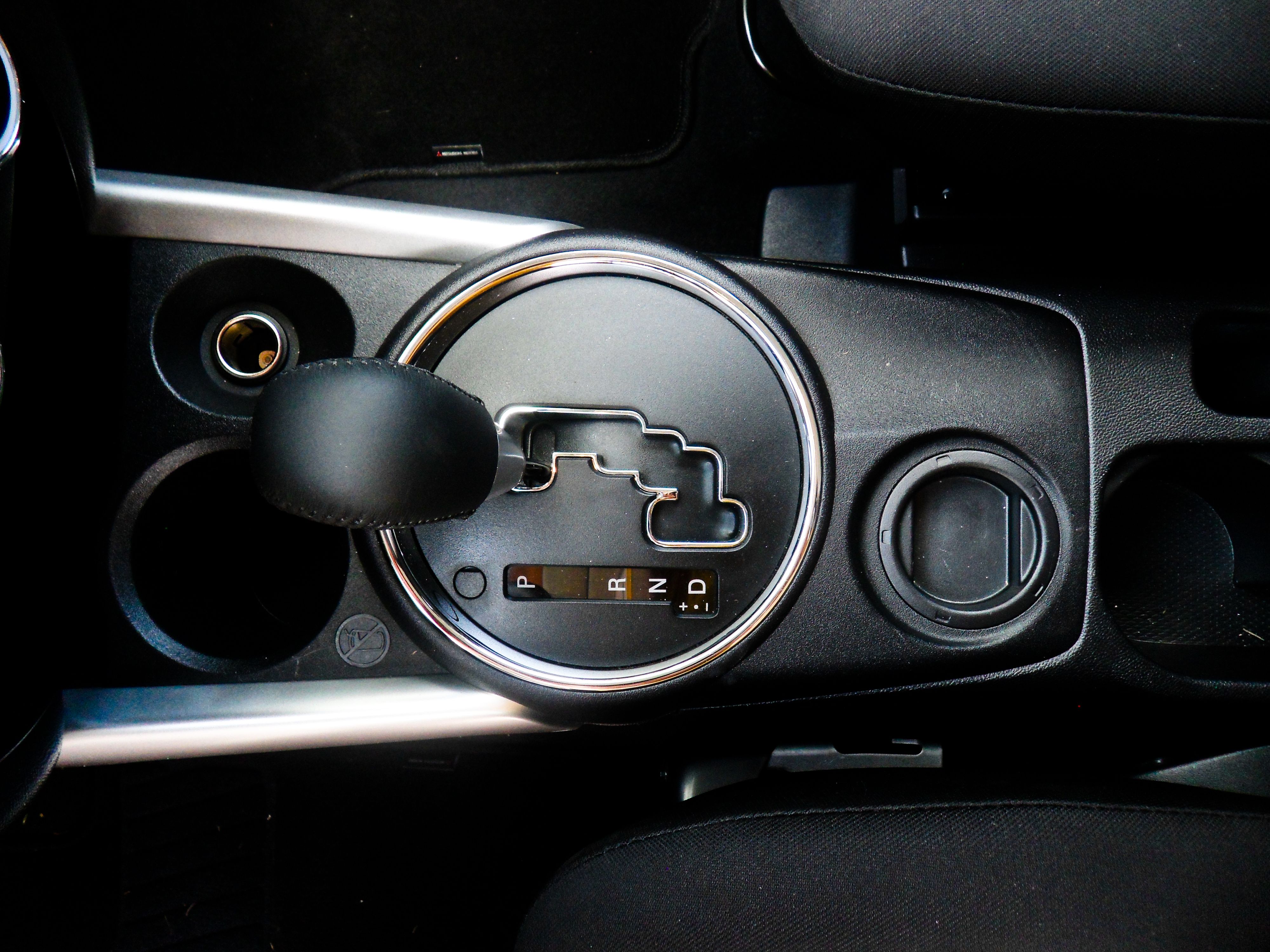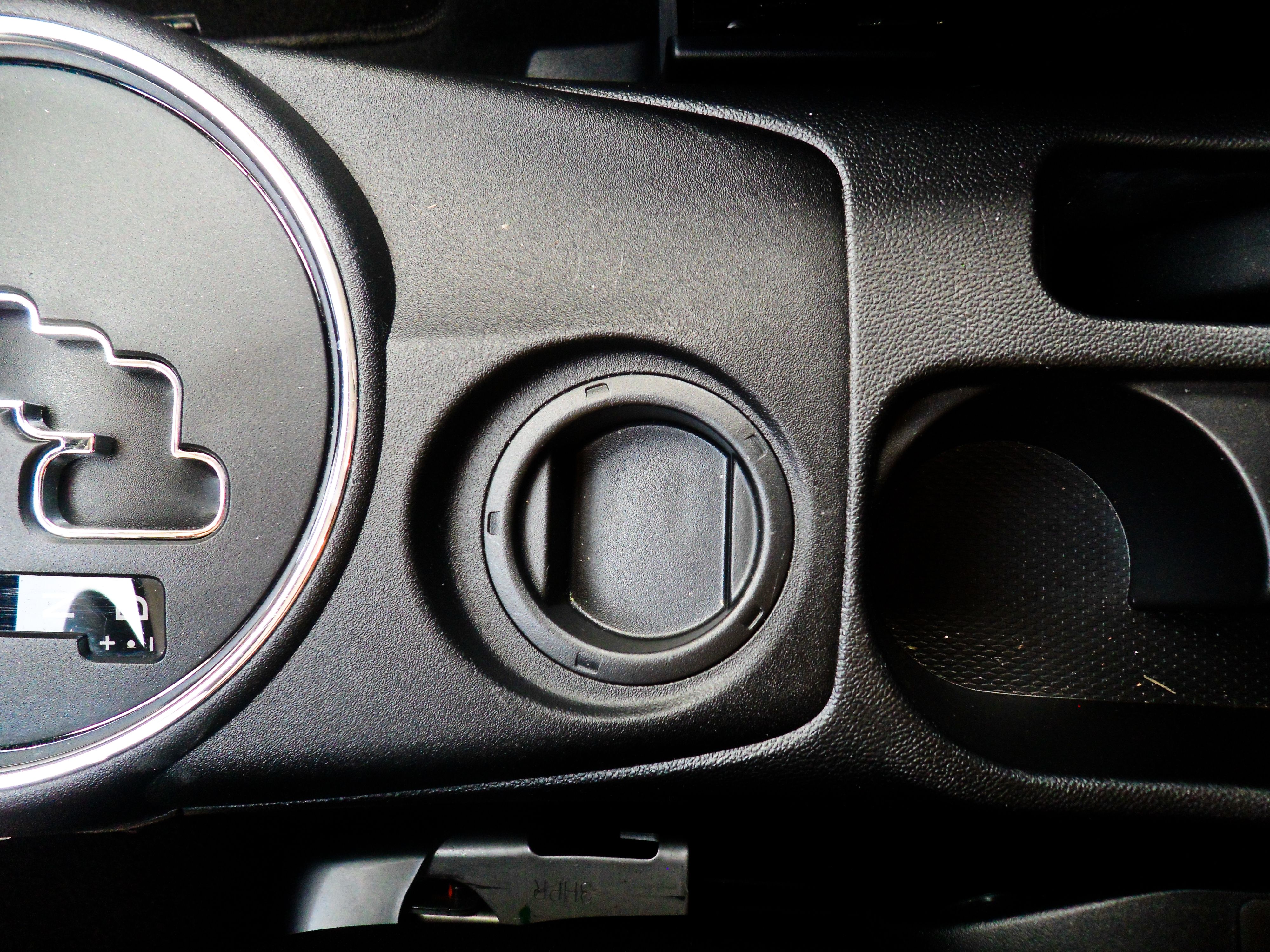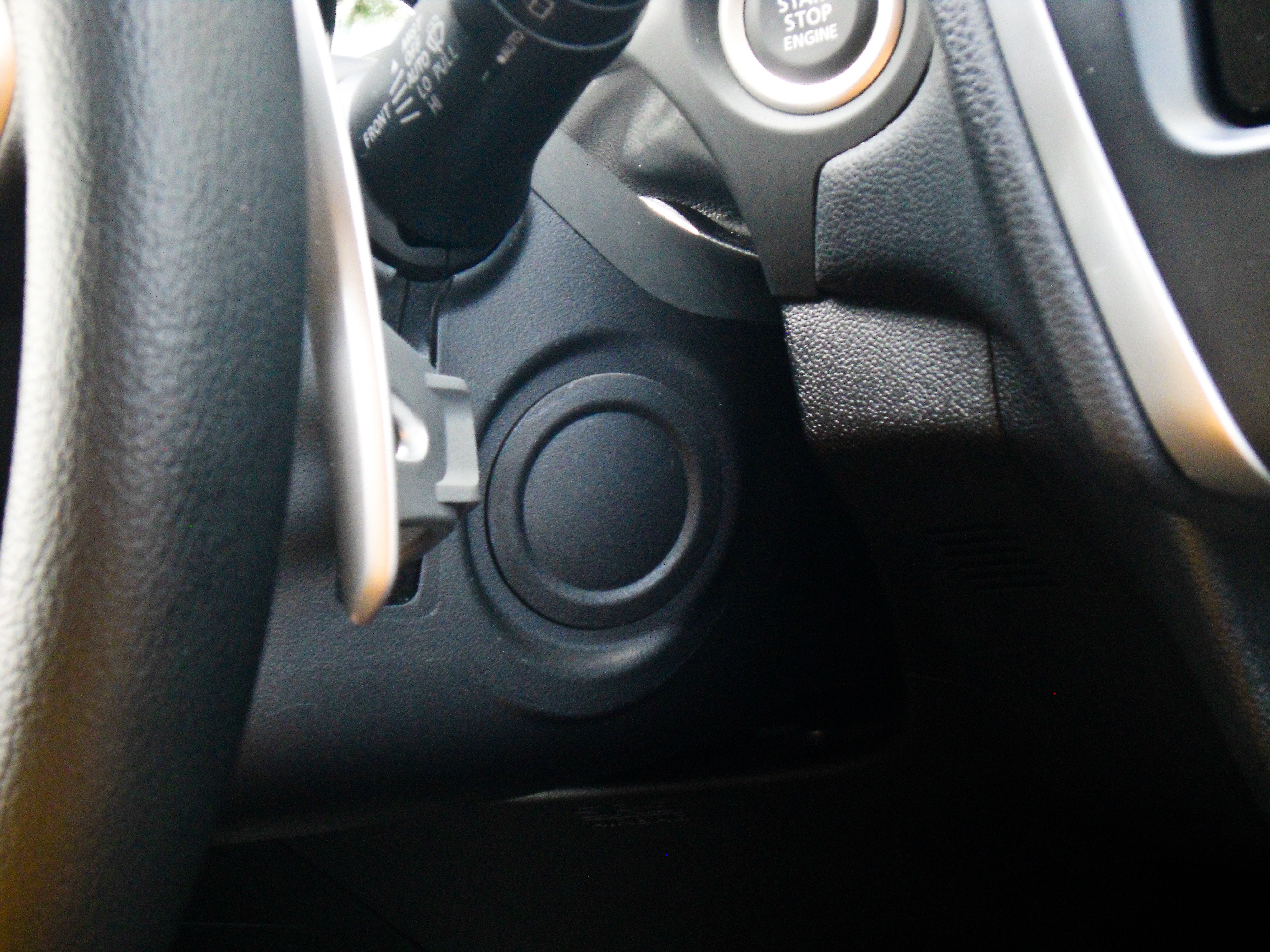The Outlander Sport joined Mitsubishi's lineup in 2011, and save for a mild tweak to the continuously variable transmission, it hasn't changed much since. When it debuted, the Outlander Sport was essentially a smaller version of the larger Outlander model. That all ended in 2014, when Mitsubishi->ke58 completely revised the front end of the bigger Outlander model and left the Sport model to carry the sportier, Lancer-inspired grille. Heading into 2014, the Outlander Sport gains a few extra goodies, including new steering wheel-mounted controls and HD radio on the range-topping SE model.
I once loved Mitsubishi models. You had the Eclipse->ke251, Lancer Evo and the 3000GT to do the sporty stuff in, a few SUVs to do the heavy hauling with, and a slew of sedans and hatchbacks to do your A-to-B driving. Well, now Mitsubishi is due to lose the Evo, the 3000GT is long gone, and the Eclipse is gone, leaving the lineup rather bare.
Last year I had the chance to drive the 2014 Outlander, and I came away a little disappointed in what it offered. Now I am getting the chance to drive the range-topping 2014 Outlander Sport SE. Can this compact SUV fare any better than its big brother did?
Click past the jump to read my review on the 2014 Outlander Sport SE to find out.
2014 Mitsubishi Outlander Sport SE - Driven
- Make: Array
- Model: 2014 Mitsubishi Outlander Sport SE - Driven
- Engine/Motor: inline-4
- Horsepower: 148 @ 6000
- Torque: 145 @ 4200
- Transmission: CVT
- [do not use] Vehicle Model: Array
Exterior
If there is one place that I can say the Outlander Sport shines, it would have to be the exterior. Though it may not be as clean and well put together as the BMW X1, the Outlander Sport certainly has a look that is similar to the small Bimmer. It's long hood and short overhangs help enhance its sporty look, and the rising accent line down the side does a great job making this small Mitsu look like a more premium vehicle.
Up front, the sloped hood almost reminds me of Mazda's Kodo design language, and the outward-angled ridges on the hood perfectly finish off the ridge that circles the inner part of each HID headlight. The grille is the Lancer-inspired unit and not that god-awful, Tron-like catastrophe on the front of its larger Outlander sibling. At the bottom of the front fascia, Mitsu added a final touch of sportiness by angling the bumper upward and putting a faux splitter in the void under the bumper. I really like how Mitsubishi has kept the Sport model true to its name and separated it from its big and ugly relative.
Around back, things get a little boring, as most SUVs tend to do, as there is only so much stylizing that can go on with the rear hatch. The angled taillights with LED technology and the rear spoiler add a little extra something, but not too much.
My test model came equipped with a set of eight-spoke, 16-inch wheels, giving the compact family hauler a very nice stance without being too overbearing. The all-season tires wrapped around these rims helped keep road noise to a minimum, something I can appreciate in a sub-$24k SUV.
Staring at the Outlander Sport's body is a pleasant experience, but getting into it is something else altogether. Opening and closing the door results in loud pinging sounds from the super-thin metal Mitsu uses. I am sure this is lightweight for fuel savings, but it really sounds cheap and a little sketchy.
Interior
The interior is where things sort of fall apart for the Outlander Sport, as it is filled with high-end features but you're surrounded by questionable fit and finish.
Beginning with the good stuff, my Outlander Sport, like the full-size Outlander I tested last year, has an awesome audio system for its class. This optional ($1,000), nine-speaker audio system is from the audiophiles at Rockford Fosgate, and it wails on your eardrums with 710 watts of power and a 10-inch subwoofer that is sure to rattle your neighbor's windows each morning. The high-contrast gauges are a nice touch, the auto climate control is simple but useful, and heated seats are always a nice addition in cooler climates.
The heated seats, however, are where some of the weirdness begins, as my tester had cloth-upholstered seats. I can count on one hand how many heated cloth seats I have seen, and I have found each one utterly useless -- even when I lived in the great, white north. Cloth seats do not suffer the freeze-your-gonads-off cold that leather seats do in sub-freezing temperatures, so why bother putting a heating element in there?
Another sore spot of the interior is the amount of scratchy plastic through the cabin. Seemingly everything I touched was hard plastic. Fortunately, the steering wheel and shift knob were at least wrapped in cow hide. As if scratchy plastic wasn't bad enough, it also suffered by having a fake leather pattern on it. I totally understand doing this on models that have a partially leather-covered dash for the sake of consistency, but to make the whole dash topper like this is a little 1990-like.
Finally, a big issue I had was the fit and finish. Look, I understand that automakers need to save money wherever they can, but they should never sacrifice obvious finishing details to lower the bottom line. There are two obvious places where the Mitsubishi chose to install ugly covers over holes instead of molding new plastic panels without these holes. One is where the all-wheel-drive controller is on models that come with AWD, and the other is where the standard ignition tumbler is on models without push-button start. Both of these are in plain sight and Mitsu could have simply molded new panels without these holes to make the interior a little cleaner. I may be making a mountain out of a mole hill, but these covers really annoyed me for some reason.
Overall, it is obvious that Mitsubishi is catering to younger buyers with a lower budget with the Outlander Sport SE and the optional Rockford Fosgate audio system. The key features are all things that will make younger, more impulsive buyers say "ohhh, look at that" while still meeting their budget.
Drivetrain
Under its hood, the 2014 Outlander Sport SE carries a 2.0-liter, four-cylinder engine. This small four-pot puts down just 148 horsepower and 145 pound-feet of torque. Why Mitsu didn't opt to add the 2.4-liter engine from the Lancer Sport is a little baffling, but I can only assume it is a fuel economy decision.
This engine isn't just underpowered, but it also is rather loud. One of the worst parts about it is the obnoxiously loud click that resonates from under the hood when the air-conditioning compressor cycles on or off -- it is really startling until you realize that it is normal for this vehicle.
Driving the front wheels is a CVT, and unlike the Lancer's CVT, this Sportronic feels sluggish even when I used the paddle shifter. Put it in drive and you get the full rubber band experience of a traditional CVT.
In terms of performance data, I averaged around 22 mpg combined -- 5 mpg lower than Mitsu's claimed combined number -- and it hit 60 mph in right around 9 to 9.5 seconds. My suggestion to any prospective buyers that like a more spirited drive, opt for the base manual transmission instead of the CVT.
Driving Impression
Driving the Outlander Sport was anything but "Sport," as its handling was average at best and the whiney transmission really sucked any fun out of it. Mitsubishi would benefit from adding the 168-horsepower, 2.4-liter engine from the Lancer GT to this SUV. Better yet, why not add the 237-horsepower, 2.0-liter engine as an upscale, performance option?
As for ride quality, the Outlander Sport was actually pretty good for its class. On smooth roads and at cruising speeds, the cabin was quiet and smooth, and on bumpy roads, the suspension helped soften the blows. With this looser suspension, however, you are sacrificing handling, and things can get scary very quickly in the corners.
Three big letdowns from the Outlander are the noise level in the cabin on acceleration, its inconsistent rain-sensing wipers and lack of an intermittent feature, and the fact that it has one of the worst electronic power steering systems I have ever experienced. The on-center feel is about as satisfying as a 10-year-old dump truck, and sometimes resulted in me over-correcting it and weaving slightly. It literally felt like I was steering a digital car on a computer game; not a high point of my time with it. To make matters worse, the steering wheel is a smooth rim with no bolsters at the 10 and 2 positions. It is a small complaint, but something that made the wheel feel even more dead.
In terms of overall comfort, the seats were pretty cozy and the bolsters on the sides help make me feel a little more secure. The audio system was the make-good part of the cabin, as cranking it up and feeling the booming bass was a great thing.
Price
The base Outlander Sport SE checks in at $22,595, which gets you everything that my tester had, sans that bad-ass audio system. The audio system has a $1,000 entrance fee, which isn't too bad for the amount of power and the awesome noises it makes. On a whole, the Outlander is a great value for younger buyers, but older and pickier buyers may turn their noses up at that audio system and the scratchy plastics in the cabin.
Competitors
2014 Kia Sportage
In the base level, the Kia Sportage is slightly cheaper than the Outlander Sport SE, but it lacks a few of the features that the Mitsu has. Namely, the features the Kia lacks are the rain-sensing wipers, fog lights, awesome sound system, rearview camera, and power and heated seats. you can bump up to the EX model and get those features and then some for about $25k.
The Kia easily handles the Mitsubishi in the powertrain department, as its base, 2.4-liter, four-cylinder engine puts down 182 horsepower and 177 pound-feet of torque. This power travels through a traditional six-speed auto gearbox and up to the front wheels. AWD will run you an extra $1,600. What's more, you can also opt for the SX trim, which features a 2.0-liter, turbocharged four-pot with 260 horses and 269 pound-feet of twist, but it will cost you about $27k. The base Sportage should hit 60 mph in around 8 seconds, while the SX model does the highway-speed sprint in just 6.5 ticks.
2014 Mazda CX-5
The base CX-5 Sport starts at just $21,545 -- slightly cheaper than the Mitsubishi Outlander Sport SE -- but it misses some of the niceties, like HID headlights, fog lights, rain-sensing wipers, auto climate control, tinted windows, and upscale audio system. The $24,965 Touring model gets pretty close to the Outlander SE, but it still lacks the booming system. For an extra $1,130, however, you can get the Touring model with the nine-speaker Bose Centerpoint audio system.
The CX-5 's base 2.0-liter engine slightly beats the Mitsu with 155 horses and 150 pound-feet of torque heading to the front wheels via a six-speed manual or optional, six-speed auto transmission. It's just as sluggish as the Outlander, as it takes nearly 10 seconds to clip 60 mph. Moving into the 2.5-liter engine, the CX-5 puts down 184 horses and 185 pound-feet of torque. This more powerful engines hits highway speeds in about 8.5 seconds.
Conclusion
To say that the Outlander Sport doesn't have value would be unfair, as there is plenty there to make it worth the $23,595 sticker price. The real issue are the mismatched features. Heated seats with cloth upholstery is one that really irks me, and the HID headlights, LED taillights, and premium sound system all scream "luxury," whereas the rest of the cabin features are mediocre at best. On the other hand, this is also where Mitsubishi shows its genius, as the features that are present are perfect for a younger buyer and the base price is in line with what most first-time new-car buyers are looking to spend. It is the perfect tug at the heartstrings of 20-somethings looking for their first brand-new vehicle.

